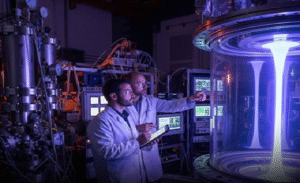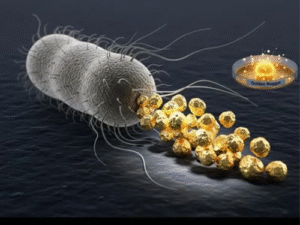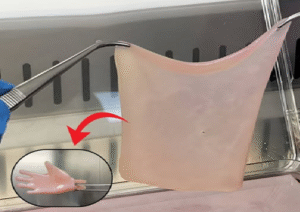Dr. Homi Jehangir Bhabha, an Indian nuclear physicist, and Dr. Walter Heinrich Heitler, a German physicist, developed the Cascade Theory of Electron Showers in 1937 while working in Cambridge, UK. This theory is often referred to as the Bhabha-Heitler Cascade Theory.
It explains the formation of electron showers in cosmic rays.
When high-energy cosmic rays enter Earth’s atmosphere, they collide with atomic nuclei, producing secondary electrons and photons.
These secondary particles undergo further interactions, leading to an electron-photon cascade or “shower.”
The theory was a major advancement in understanding high-energy cosmic ray interactions.
While studying cosmic rays, Bhabha recognized the presence of heavy electron-like particles, which he initially called “mesons”.
Later, Hideki Yukawa’s meson theory (1935) and subsequent discoveries showed that pions (π-mesons) and muons (μ-mesons) were responsible for cosmic ray interactions.
Bhabha’s work helped bridge the gap between cosmic ray physics and quantum field theory. His work laid the foundation for cosmic ray physics and high-energy particle physics.
He later played a crucial role in India’s nuclear program, establishing the Tata Institute of Fundamental Research (TIFR) in 1945 and the Bhabha Atomic Research Centre (BARC). His contributions were instrumental in India’s advancements in theoretical and experimental physics.







